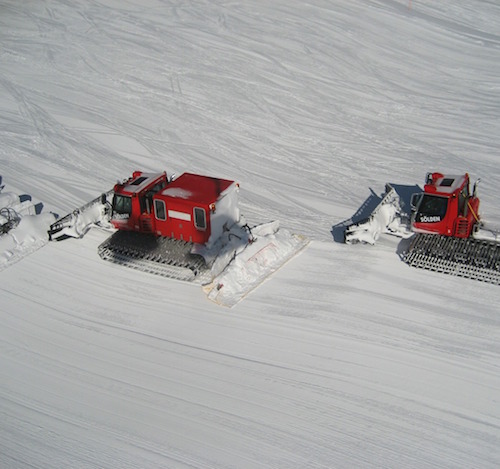What is the research about?
|
Most ski regions used to be rural farming areas and have witnessed drastic change – caused by winter tourism in the past decades. To tackle problems that occurred during this process, people repeatedly took actions that appeared to be logical and sensible – but regularly had unforeseen consequences. Snow making systems, for example, were installed to attract more tourists. However, they required large amounts of water at times with little snow. Shortages occurred as settlements needed more water for a larger number of people at the same time. How does simulation help?Decisions are often made despite the possibility to anticipate the effects beforehand. The reason is often the long time span that occurs between the initial action and the reaction. Simulation makes it possible to speed up this process and compare different scenarios. It is also possible to evaluate a range of scenarios that would be too pricy or plainly unethical, to be tested in real life. In the present case, a simplified model of a ski resort was build. For simplicity's sake, it only has two variables: the amount of ski slopes and the number of tourists. The underlying assumption is that visitors prefer empty slopes, while the managers prefer full slopes (more income, lower operating costs) – potentially driving off tourists. What is the outcome?Creating a model that accurately depicts the behavior of a real world system requires including all relevant aspects and influences without being complex beyond scope. The reason for this: every included aspect has to be “calibrated” with hard-to-obtain real world data. Therefore, modelers follow Einstein’s maxim: keep it as simple as possible, but not simpler than that. From a modeling perspective the present model is over-simplified and cannot be used to derive any valid conclusions. The intention behind it was to provide a model that enabled also those without scientific background to understand its output. |
 |